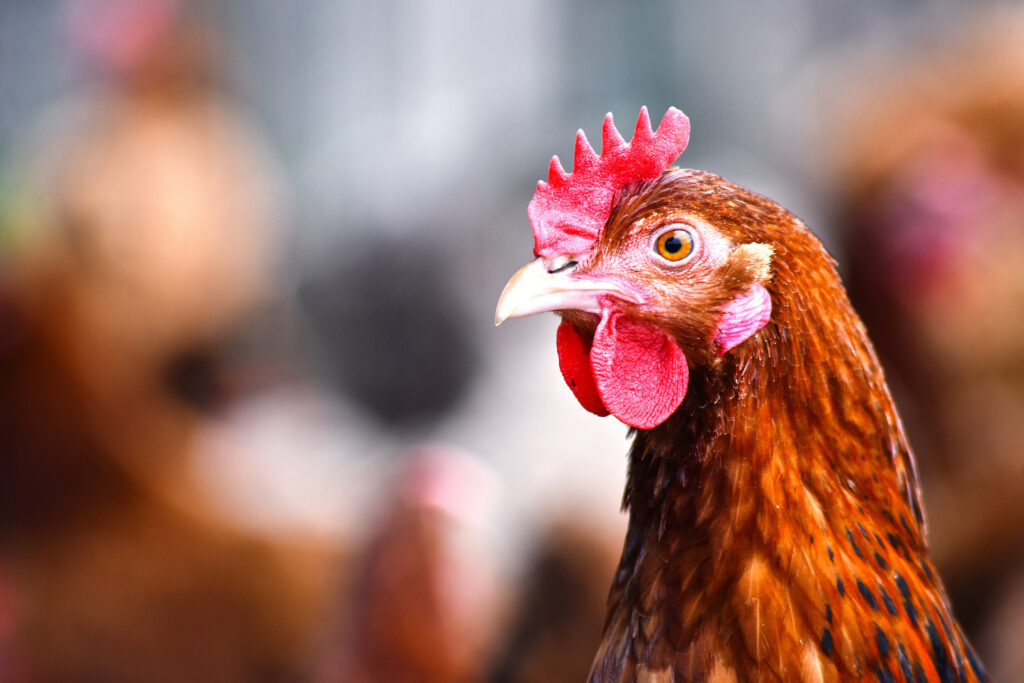Defra increases UK’s risk level for avian flu
28th October 2021
The risk of highly pathogenic avian influenza H5 in wild birds has increased from low to medium.
Following the news that H5N1 avian influenza has been confirmed at a wild bird rescue centre in Worcestershire, Defra has updated the UK’s risk level for an incursion of HPAI H5 in wild birds.
The risk level has been upgraded from low (event is rare but does occur), to medium (occurs regularly).
For poultry and captive birds, the risk of exposure to HPAI H5 across Great Britain remains low (with medium uncertainty) where biosecurity is sub-optimal, and low (with low uncertainty) where stringent biosecurity measures are applied.
Defra is encouraging all bird keepers to maintain high standards of biosecurity as good practice for the health of their birds. Good biosecurity is an essential defence against diseases such as avian influenza and is key to limiting the spread of avian influenza in an outbreak.
According to the government’s latest outbreak assessment, there have been significant changes in the epidemiology of HPAI H5 in Europe.
H5N1 is reported to be spreading in wild birds (ducks including the Eurasian wigeon and mallard) along the wildfowl migration flyway in northern Germany and Denmark. The species will migrate further west into Great Britain and many have already arrived, with high numbers of wigeon still expected across the country – peaking in December.
Defra says bird keepers should by now have paid particular attention to reviewing contingency plans, maintenance checks and repairs on roofs and the fabric of buildings.
Reinforcement of good biosecurity should also be instilled into personnel to prevent disease being introduced to poultry and captive birds.
Special consideration should be made when bringing in equipment and materials such as bedding and outer packages which may have become contaminated.

